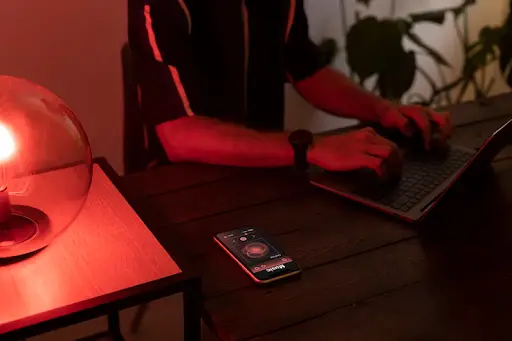How to Effectively Hire iPhone Hacker! Get help from Certified...
Read More
In an era where smartphones store everything from personal photos to banking details, the question of whether strangers can hack a phone remotely is more pressing than ever. While headlines often sensationalize cyberattacks, the reality is that remote phone hacking is a genuine threat, but one that can be mitigated with awareness and proactive measures. This article explores five common methods attackers use to hack a phone remotely, unpacks the risks of remote phone hacking, and provides actionable steps to safeguard your device.
Remote phone hacking refers to unauthorized access to a device’s data or functions without physical contact. Cybercriminals exploit software vulnerabilities, deceptive tactics, or network weaknesses to infiltrate devices. Contrary to popular belief, you don’t need to be a high-profile target to face these risks. Everyday users are often victims of opportunistic attacks.
1. Phishing Attacks: The Art of Digital Deception
How It Works:
Phishing remains the most common way to hack a phone remotely. Attackers send fraudulent emails, texts, or social media messages disguised as legitimate sources (e.g., banks, delivery services). These messages often include malicious links or attachments that install spyware or steal login credentials.
Real-World Example:
In 2023, a widespread SMS phishing campaign mimicked postal services, tricking users into clicking links that downloaded malware onto Android devices.
Protection Strategy:
2. Malicious Apps: Trojans in Disguise
How It Works:
Fake or compromised apps, often downloaded from third-party stores, can grant hackers backdoor access to your device. These apps might request excessive permissions (e.g., access to messages, cameras) to enable phone hacking.
Case Study:
A 2022 report revealed that 24% of “free VPN” apps on unofficial Android stores contained spyware designed to harvest user data.
Protection Strategy:
3. Unsecured Wi-Fi Networks: A Hacker’s Playground
How It Works:
Public Wi-Fi networks in cafes, airports, or hotels often lack encryption, making it easy for attackers to intercept data. Hackers can use tools like “Wi-Fi sniffers” to capture passwords, emails, or even take control of a hacked phone.
Protection Strategy:
4. Operating System Vulnerabilities: Exploiting Outdated Software
How It Works:
Unpatched software flaws in iOS or Android can leave devices exposed to remote phone hacking. Cybercriminals exploit these gaps to install malware or gain administrative privileges.
Example:
The 2021 “Pegasus” spyware scandal highlighted how zero-day vulnerabilities in iOS allowed governments to surveil journalists and activists.
Protection Strategy:
5. Spyware: Silent Surveillance
How It Works:
Spyware like stalkerware or commercial spy tools (e.g., mSpy) can monitor calls, texts, and locations. Often installed by someone with physical access, these apps can also be deployed remotely via phishing or malicious links.
Red Flags of a Hacked Phone:
Protection Strategy:
While the risks of remote phone hacking are real, they’re not insurmountable. By understanding threats like phishing, malicious apps, and spyware and adopting protections like VPNs, 2FA, and regular updates, you can significantly reduce your vulnerability. Stay informed, stay skeptical of unsolicited messages, and prioritize your digital hygiene.
Remember: A hacked phone isn’t inevitable. With vigilance and the right tools, you can keep your device and your data secure.
Please fill the contact form below with your requirements and we will get back you soon.
How to Effectively Hire iPhone Hacker! Get help from Certified...
Read MoreWhy You Should Hire an Ethical Hacker for Cyber Security...
Read MoreIs It Legal to Hack Your Spouse? Ethical Ways to...
Read More